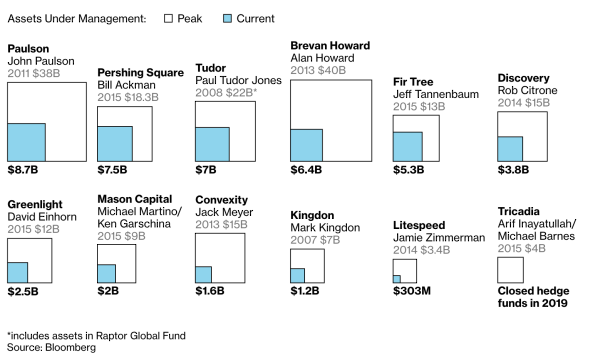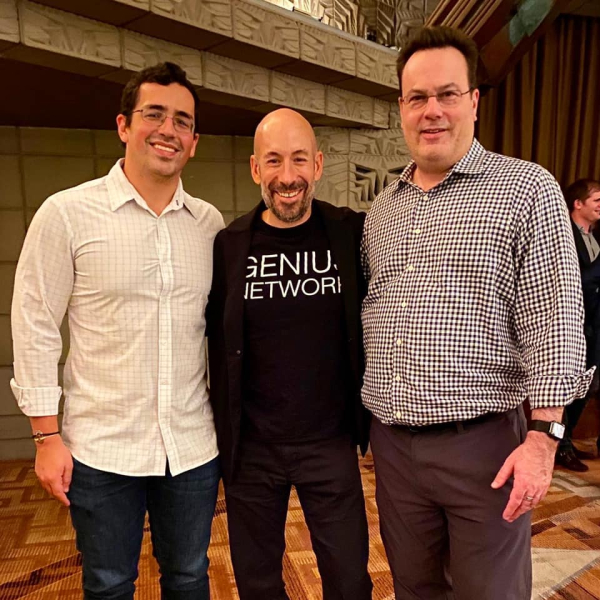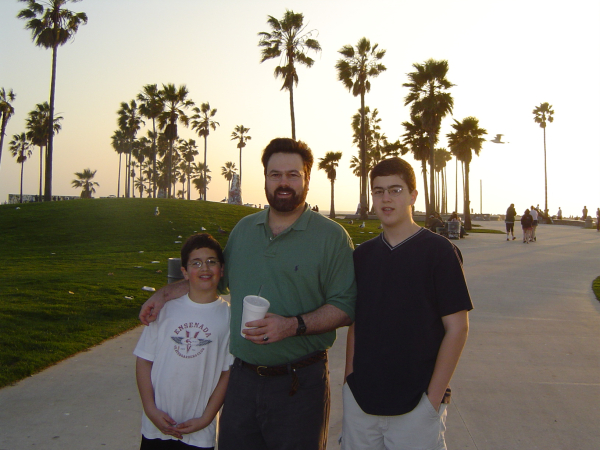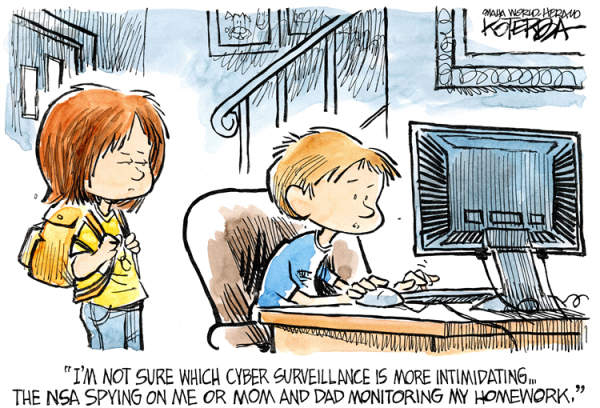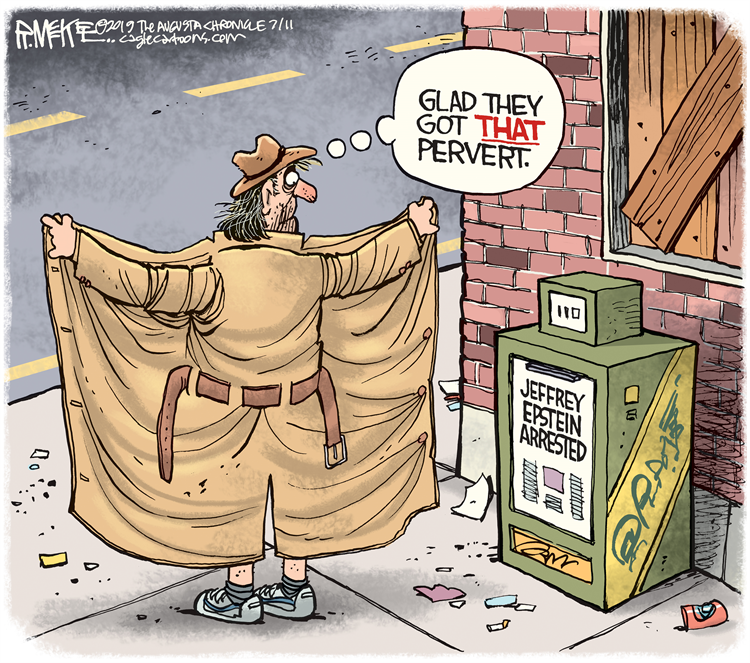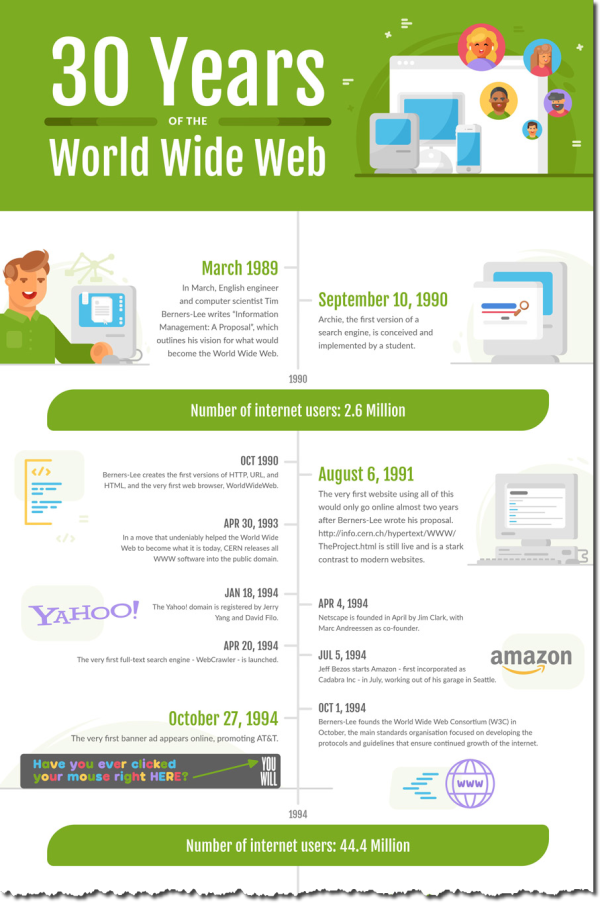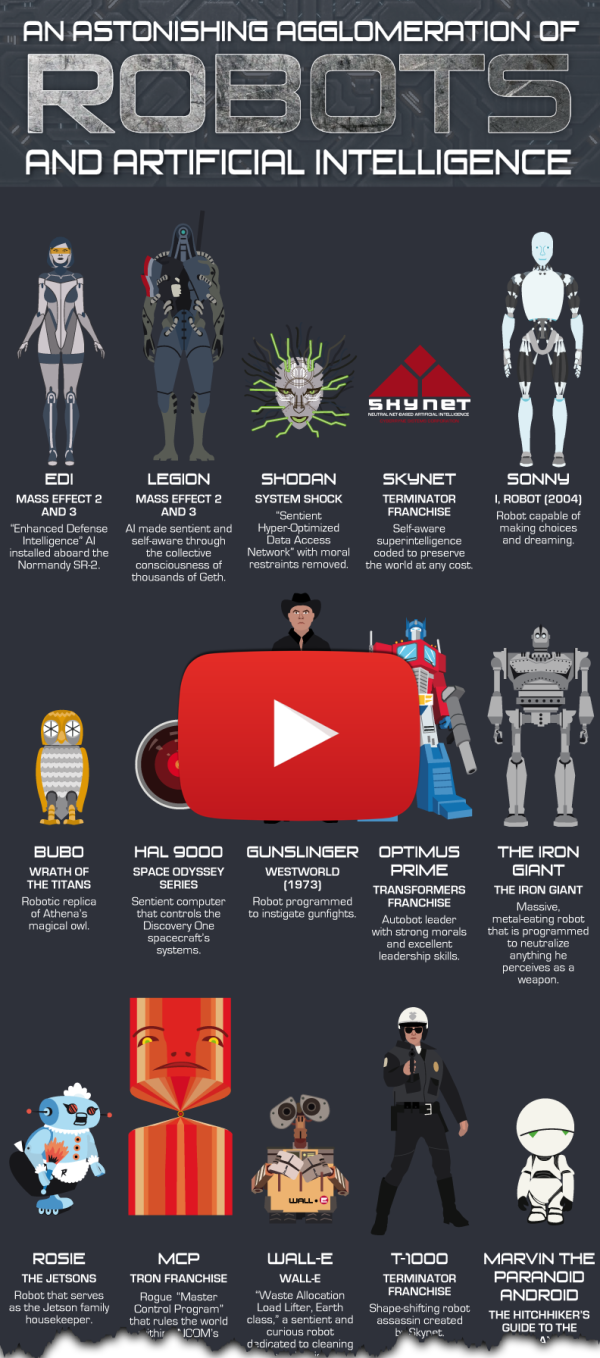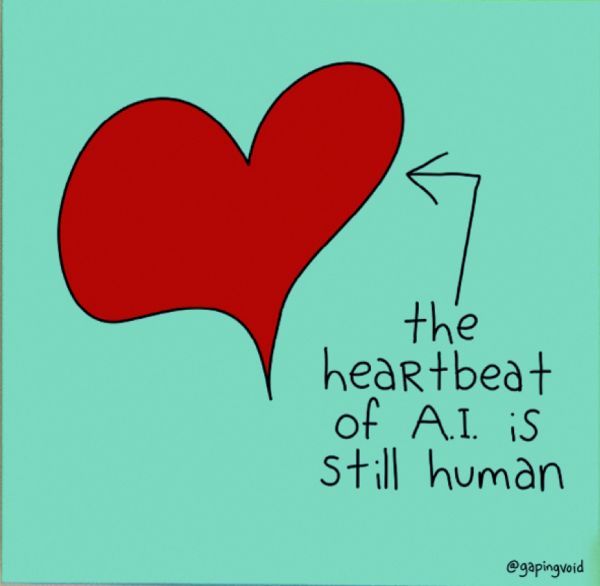Culture is the character and personality of your organization. It's what makes your business unique and is the sum of its values, traditions, beliefs, interactions, behaviors, and attitudes. - ERC website
Recently, one of the initial investors in Capitalogix became our chief operating officer. He's a man I respect a lot – and who has been a good friend since 2003. His name is Drew Blanchard. He spent 30 years at Accenture and rose into their lofty leadership ranks.
As you might guess, he learned a few things. Here are some of his thoughts about culture.
RE: Transforming Culture
There are thousands of articles on culture. Most of the themes are similar and I believe many of them can be and are very effective. Linked below are a few articles that I find valuable and their common themes:
Links:
Themes:
- Culture always wins.
- Culture eats strategy for breakfast.
- Culture is a set of demonstrated beliefs and behaviors manifesting as attitudes and actions that determine customer satisfaction, and ultimately profitability.
- Culture takes time to develop and must be reinforced to become the very fabric of a company.
- The best organizations in the world are fueled by their culture. It is who they are, not what they do.
- The most profitable companies put their employees and customers first, resulting in superior profits. HIGHLY ENGAGED EMPLOYEE + HIGHLY SATISFIED CUSTOMER = HIGH REWARD SHAREHOLDERS
There are entire teams within some of the largest consulting houses in the world specifically created to help organizations transform their cultures with the intent of increasing company performance at all levels and result in a sustainable competitive advantage.
I believe mastering the following steps will give you the biggest bang for your buck and the fastest return on investing in a winning culture.
- Have a compelling mission, vision and strategy that capture the employees' mind, heart and soul that they can make personal and inclusive is at the very core of what makes a great culture – “I matter and what I do is both important and appreciated by both my company and my customers/clients.” Make sure they understand where they fit into the greater plan
- Define the core values that make the strategy real and set the minimum standards for what is acceptable at the company as THE MUST HAVE WAY OF BEING.
- Combine the previous two steps with daily action so culture becomes a part of their everyday realities.
Culture is the result of who you are as a company, fueled by the vision and mission of the company as it relates to the employees, the customers, and then the shareholders.
So, why listen to a guy like me? What experience do I have that might be relevant? How could I help, and would it matter? All this really depends on you and your management team’s level of desire to create a high-performance culture at the core of your company with the passion and accountability to accept nothing less!
My Past
I spent 30 years working for a company that posted double-digit growth annually, from $10M to $35B in that timeframe. There were two halves of the business model – short term, higher margin work of about 90 days on average and long-term annuity work of 24 months or more with lower, more predictable margins.
Here’s an Accenture Timeline for context.
In the early part of the company’s development, our Mission was, “Helping our client change to be more successful!” Early on, our core values focused on the behaviors of the employees. The expected turnover was high due to perform or leave. The core values were: Integrity, Stewardship, Think Straight, Talk Straight, and Exceed Client Expectations. When we reached $10B we asked ourselves, what would have to happen to double in size and capture market share while maintaining what is already working? The answer was to upgrade the mission and values, focus on results over capabilities, and change the dynamic of performance standards from an individual deliverable to a team deliverable … the new Mission statement? “High Performance. Delivered.”
“High Performance. Delivered.”
Note the simplicity and the standard in three words. The first is High Performance with a period making it a complete standard. The second is linked to the results in that they are Delivered with a period as an expectation and no exceptions.
The values were upgraded to: Best People, Best Clients, Stewardship, Integrity, Teamwork and Innovation. Note that the shareholders are not even mentioned.
We invested in management training as we took on a new workforce – the middle market, not the gifted and driven as in the prior model. It was now up or out. In this Grow or Go model we wanted our best talent to expand and run our long-term business in a role that may last a decade. Our intent was to never leave a client or have a client want to leave us.
This was made possible by two absolute requirements – the first was leadership; putting people first over leaders’ bonuses, and at times taking lower pay to serve clients and grow the business. The second was living the values through how we worked, lived and served clients. No exceptions. If you gave lip service to the mission and/or values as a leader you were asked to leave and as an employee, if you violated our mission and/or values, you were terminated.
Each Managing Director was required to have a leadership presentation on their personal form of living the mission and values. They also had to share it with developing leaders.
My Present and Future
Howard has done an exceptional job of placing culture at the center of Capitalogix as an engine for innovation and sustainable growth. Our mission statement? “Create Wealth That Matters”
It is again, impressive in its simplicity. It implies that we’re not selfish in our endeavor for our own wealth. It means we want to do good by our employees, our shareholders, investors, and our community. It means we want to be a good corporate citizen and a lasting company.
Capitalogix values are also paramount in our day to business, and even play a role in the hiring process. It does not matter how gifted a person is, if they do not embody our beliefs, the organization will eventually suffer. We live our values day in and day out. We hire by them, we fire by them, and they’re a part of our employees’ identity as Capitalogix family members.
Core Values
Find A Way: There is always a best next step; it’s our mission to find it. An answer is not the answer.
Create Breakthroughs: “10x better” is often easier to achieve than “10% better.” It’s about seeing things differently, then making it a reality.
See The Bigger Picture: Scale matters and edges compound, so we always focus on how today’s work fits into tomorrow’s vision.
Raise The Standard: How you do one thing is how you do everything. We strive to continuously improve ourselves professionally and personally. We’re comfortable being uncomfortable.
Learn And Grow: Standing still is moving backward. We pride ourselves on self-evaluation and self-education so that we are better than we were yesterday.
Our business may be unique, but the success equation remains the same:
HIGHLY ENGAGED EMPLOYEE + HIGHLY SATISFIED CUSTOMER = HIGH REWARD FOR SHAREHOLDERS
Here’s what I want you to think about:
- Does your mission espouse a calling greater than your own day-to-day activities?
- Do your core values create the standard of performance that every employee would be proud of and hold others to deliver on with them?
- Do you actively find ways to connect your employees to each other, and to a shared vision?
- Is the company’s leadership visibly passionate about continuously transforming the company, and are they good examples of your mission/vision/values that they would be inspired to follow?
A company’s mission, vision and core values when focused on the employee in a way that gives them purpose, pride and inspiration are unstoppable when it becomes the very fabric of the company the way leadership lives the brand promise.
Always my best,
Drew
